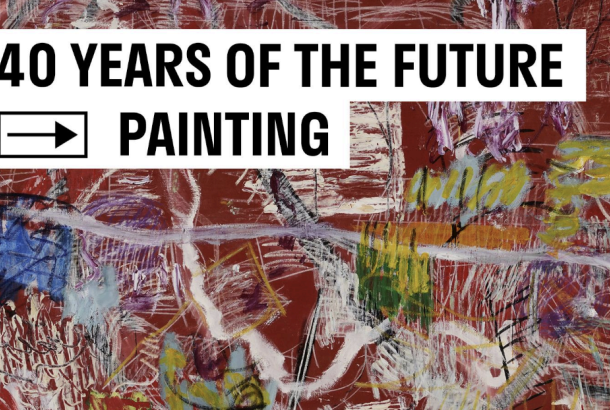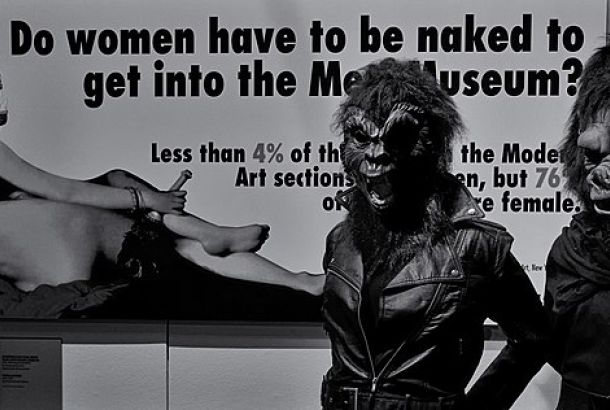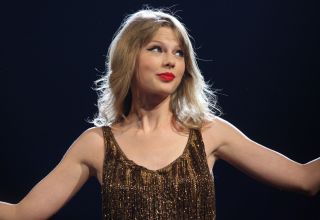Is it time white feminism left Frida Kahlo alone?

A marker of any kitsch indie shop is Frida Kahlo-themed merchandise. In fact, a marker of many larger scale fashion retailers is a display of items seemingly inspired by the monobrowed artist.
While perhaps not immediately evident in her more famous works, Kahlo was a communist. She explicitly announced her disdain for white people. The irony is, then, that Frida’s often white-washed image has been commodified into over-priced, quirky, but ultimately, mass-produced items for a middle class audience.
So, should white audiences leave Frida alone? Is it time that we accept that we are so far detached from her experiences that there is an overt irony when we shell out cash for a tote that profits a retail giant? That we have so messily turned her into a pop feminism icon?
The answer is perhaps not quite as clear cut as it may appear. As individuals and within institutions, celebrating artists of colour, especially those from outside of Europe, is complicated within our colonial history. When Frida was memorialised as a Barbie, she was white-washed into an easily digestible figure of girl power. Hitch up her skirt and call her ‘Painter Spice’ and the doll would have easily assimilated into the Spice Girls barbies, her own feminist ideologies reduced to the ‘girl power’ slogans of the nineties. At the Victoria and Albert Museum, tickets for a Frida Kahlo styling workshop started at £240, no doubt appropriating and adapting Kahlo’s traditional Mexican style. It appears that we are desperate to remember Frida, but struggle to capture her nuances.
But, of course, to see Frida simply as a Mexican communist would be as equally reductive. Frida was bisexual and disabled. Many of those who are fans of her work are captured by a woman who claimed her own image, who managed to represent the realities of disability. Personally, as a woman with disabilities, seeing that Frida painted from her bed was beyond empowering when I, too, lived my life lying prostrate in pain. Seeing chronic pain represented in art made me feel less alone, and expressed something I was so sick of expressing. While a lesser theme in her art, Kahlo has also been embraced as a queer artist.
Having Kahlo in the canon of art, then, is vital. However, we must be critical in our means of celebrating her work. When we reduce Kahlo to her eyebrow and flower headbands, we reduce a hugely complicated and ideological woman into a few distinct features. If we are to embrace Frida, we need to embrace her wholly.







